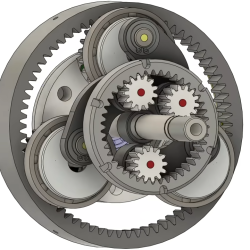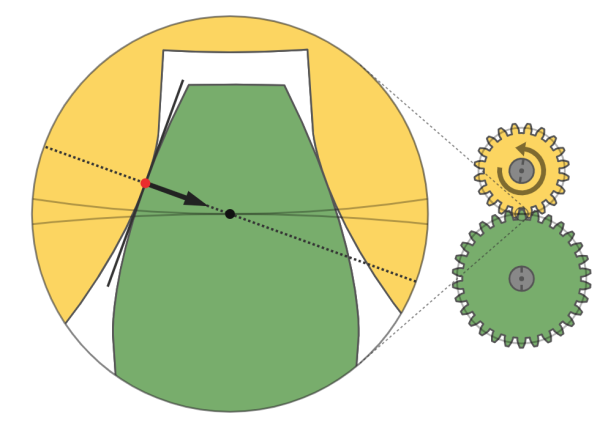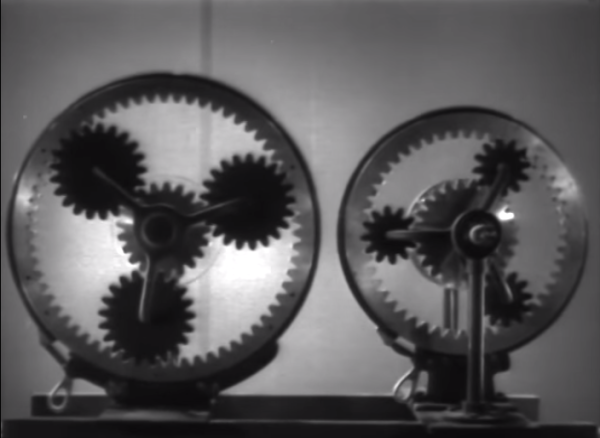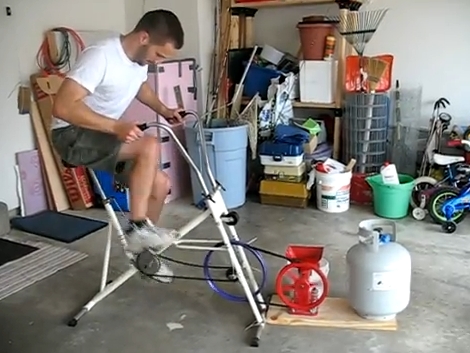The drivetrain of most modern bicycles has remained relatively unchanged for nearly a century. There have been marginal upgrades here and there like electronic shifting but you’ll still mostly see a chain with a derailleur or two. [Matthew] is taking a swing at a major upgrade to this system by replacing the front derailleur with a torque converter, essentially adding an automatic transmission to his bicycle.
Most of us will come across a torque converter in passenger vehicles with automatic transmissions, but these use fluid coupling. [Matthew] has come up with a clever design that uses mechanical coupling instead using a ratchet and pawl mechanism. There are two gear ratios here, a 1:1 ratio like a normal bicycle crank and a 1.5:1 ratio that is automatically engaged if enough torque is applied to the pedals. This means that if a cyclist encounters a hill, the gear automatically shifts down to an easier gear and then will shift back once the strenuous section is finished.
[Matthew] machined all the parts for this build from scratch, and the heavy-duty solid metal parts are both impressive but also show why drivetrains like this haven’t caught on in the larger bicycling world since they’re so heavy. There have been some upgrades in internally geared hubs lately though, which do have a number advantages over traditional chain and derailleur-based bikes with the notable downside of high cost, and there have been some other interesting developments as well like this folding mechanical drivetrain and this all-electric one.
Continue reading “Automatic Transmission For Manual Transportation”

















